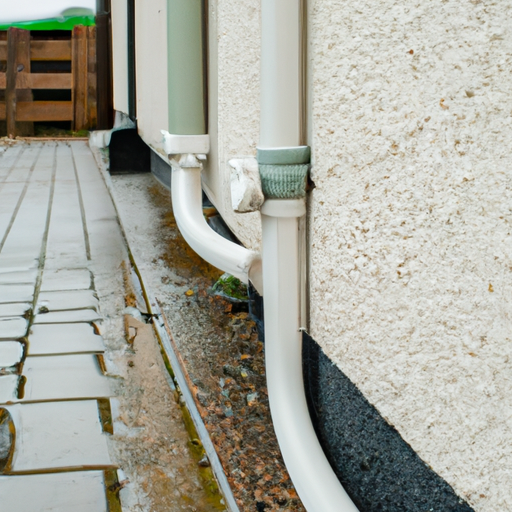Importance of Proper Gutter System Design
A properly designed gutter system is essential for preventing water damage and ensuring the longevity of a building. Without a well-designed gutter system, water can accumulate around the foundation, leading to structural problems and costly repairs. Therefore, it is critical to implement effective strategies to prevent water damage and maintain the durability of the gutter system.
One of the key strategies for proper gutter system design is ensuring the correct size and capacity of the gutters. Gutters that are too small or inadequate in capacity will not be able to handle large volumes of water during heavy rainfall, leading to overflowing and water spillage. This can result in water seeping into the building and causing damage to the walls, ceilings, and foundation. To prevent this, it is important to accurately assess the amount of rainfall in the area and choose gutters with the appropriate size and capacity.
The placement and slope of the gutters also play a crucial role in their effectiveness. Gutters should be positioned in a way that allows water to flow easily towards downspouts and away from the building. The slope of the gutters should be sufficient to ensure a smooth flow of water without any blockages. This prevents water from pooling in the gutters and reduces the risk of debris accumulation, which can clog the system and cause water overflow.
In addition to proper placement and size, the quality of materials used in gutter system design is also important. Investing in high-quality materials, such as durable metals or PVC, can significantly extend the lifespan of the gutter system. These materials are resistant to rust, corrosion, and damage from extreme weather conditions, ensuring that the gutters can effectively channel water away from the building for years to come.
Regular maintenance and cleaning of the gutter system are equally important for preventing water damage and ensuring its longevity. Leaves, twigs, and other debris can accumulate in the gutters, blocking the flow of water and leading to overflow. Regular inspections and cleanings can remove any debris and prevent potential clogs.
In conclusion, proper gutter system design is essential for preventing water damage and maintaining the longevity of a building. By implementing strategies such as correct sizing, appropriate placement and slope, high-quality materials, and regular maintenance, property owners can ensure that their gutter system effectively channels water away from the building, protecting it from potential water damage.
Strategies for Water Damage Prevention and Long-lasting Gutters
When it comes to protecting our homes from water damage, one crucial aspect to consider is the design of our gutter system. A well-designed gutter system not only helps to effectively redirect rainwater away from our homes but also ensures its longevity. In this article, we will explore some strategies for preventing water damage and ensuring the long-lasting performance of gutters.
One of the key elements in gutter system design is the size of the gutters and downspouts. Properly sized gutters and downspouts can handle the volume of water during heavy rainfalls, preventing overflow and potential water damage. It is essential to consider the average annual rainfall in your area when determining the appropriate size for your gutter system.
The slope and alignment of the gutter system are also vital factors to take into account. Gutters should be installed with a slight slope towards the downspouts to allow water to flow smoothly and prevent any stagnant water from pooling inside. Additionally, gutters should be properly aligned with the roofline to ensure that all water is being captured and directed to the downspouts.
Regular maintenance and cleaning are essential for the longevity of gutters. Leaves, debris, and other obstructions can easily accumulate in gutters, causing clogs and preventing proper water flow. Regularly inspecting and cleaning gutters will help to prevent water overflow, which can lead to damage to the foundation, siding, and landscaping.
An often overlooked aspect of gutter system design is the use of gutter guards or leaf screens. These devices help to prevent debris from entering the gutters while allowing water to flow freely. Gutter guards reduce the frequency of gutter cleaning and minimize the risk of clogs, ensuring the optimal performance of the gutter system.
Investing in high-quality materials for your gutter system is another strategy to ensure its longevity. Seamless aluminum gutters are a popular choice as they are durable, lightweight, and resistant to rust and corrosion. Copper gutters, although more expensive, offer an elegant and long-lasting solution that develops a beautiful patina over time.
In conclusion, the design of a gutter system plays a vital role in preventing water damage and ensuring its long-lasting performance. Proper sizing, slope, alignment, regular maintenance, and the use of gutter guards are all fundamental strategies to consider. By implementing these strategies and investing in high-quality materials, homeowners can protect their homes from water damage and ensure that their gutters will withstand the test of time.



